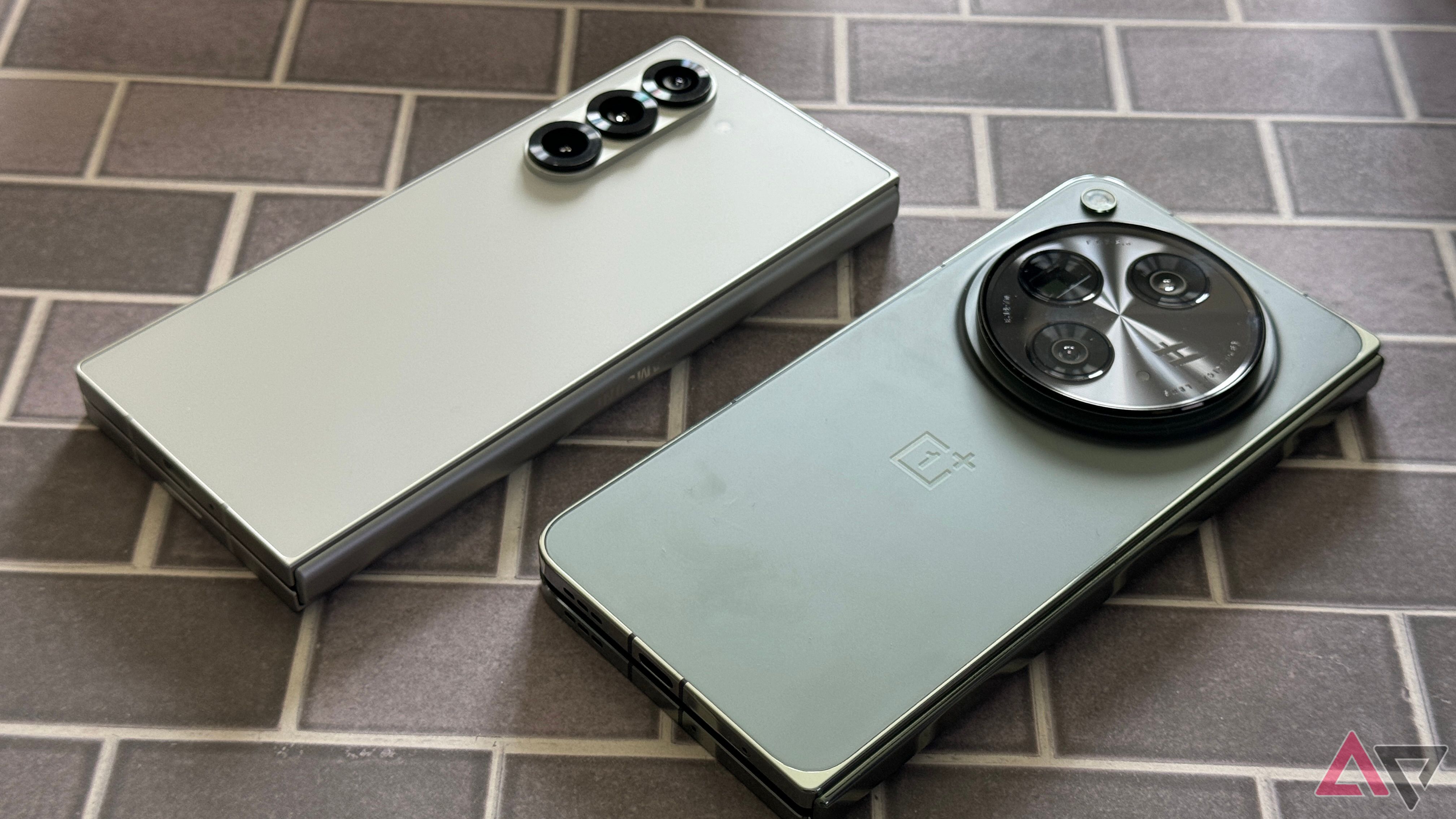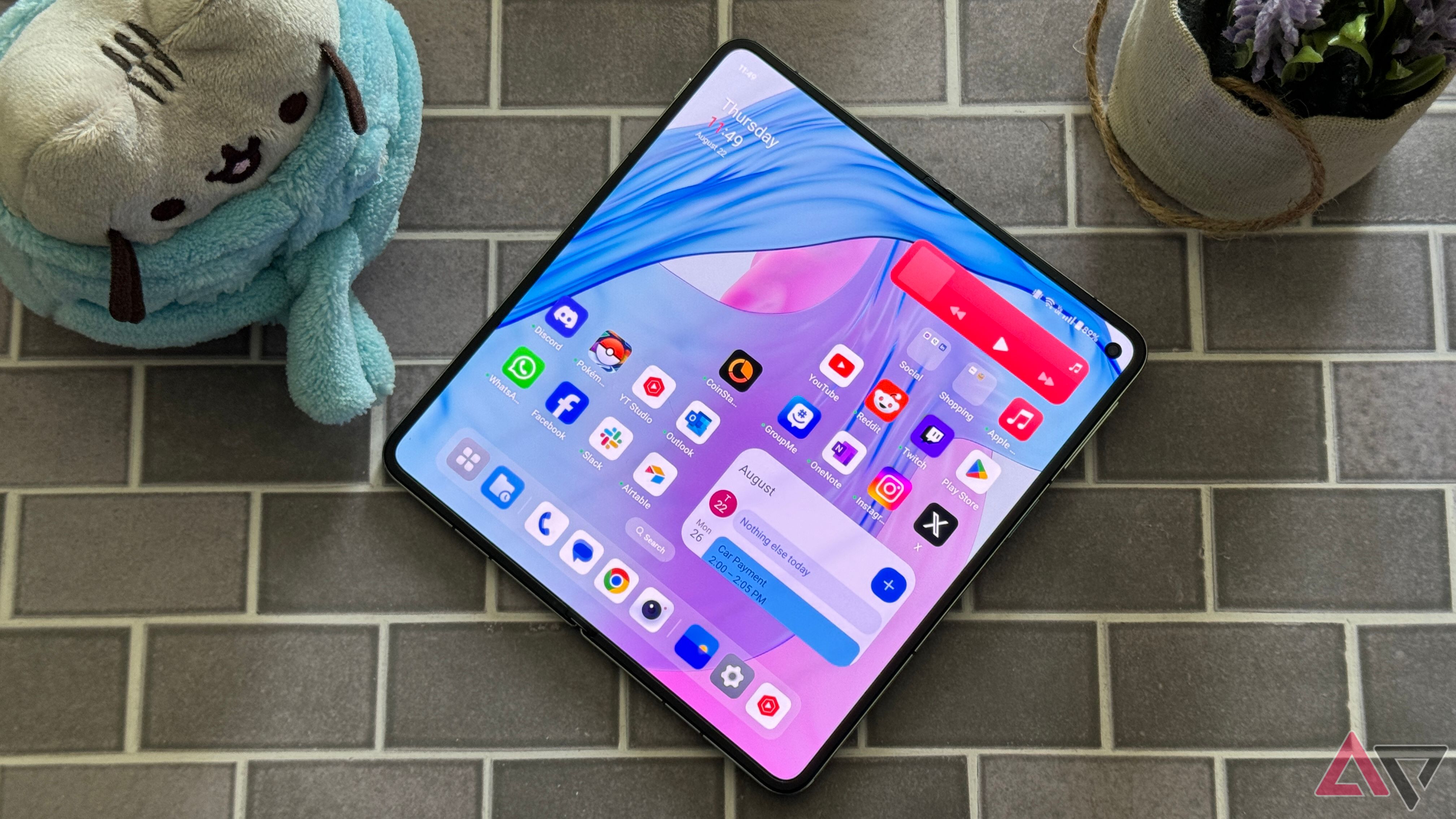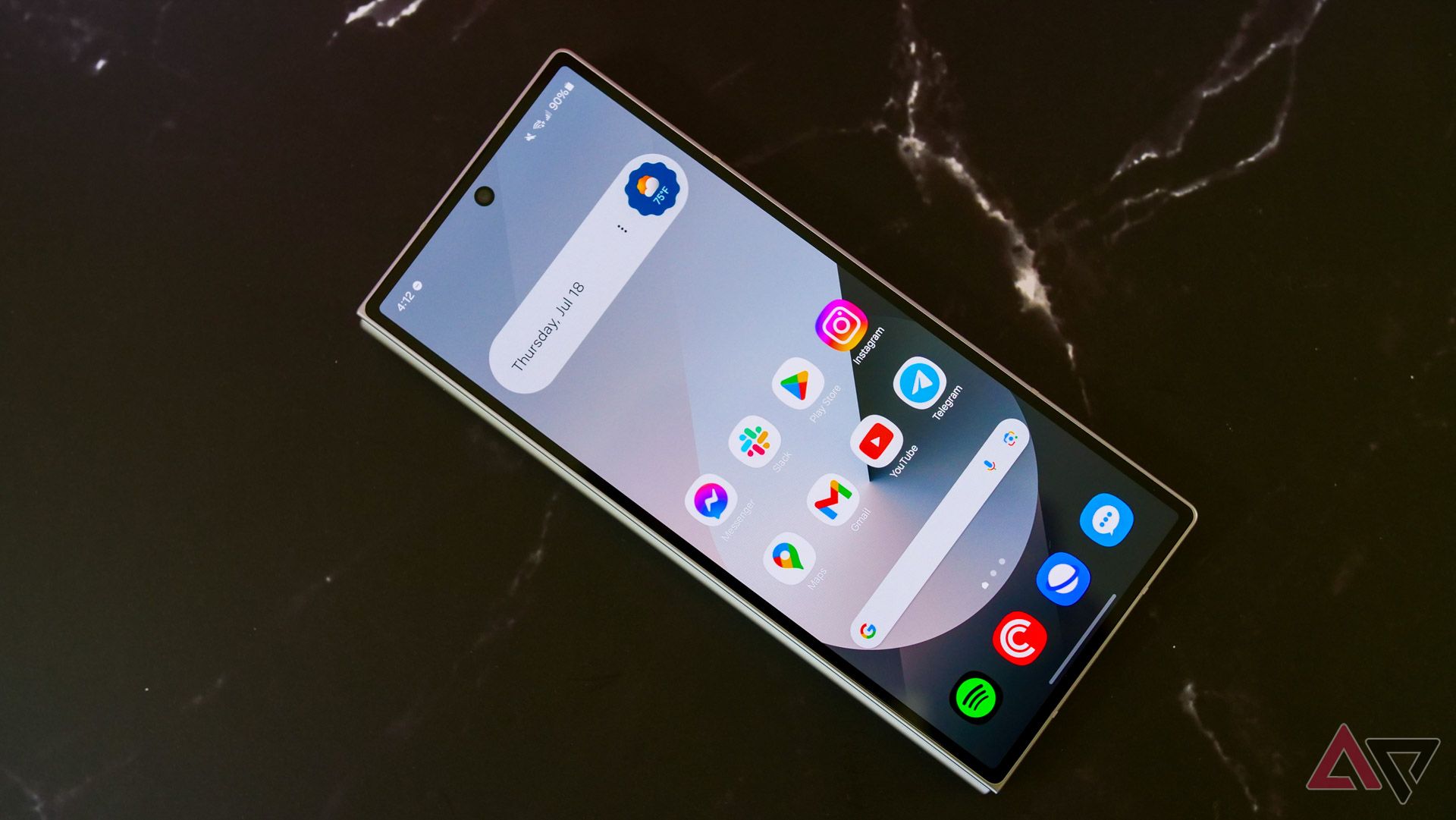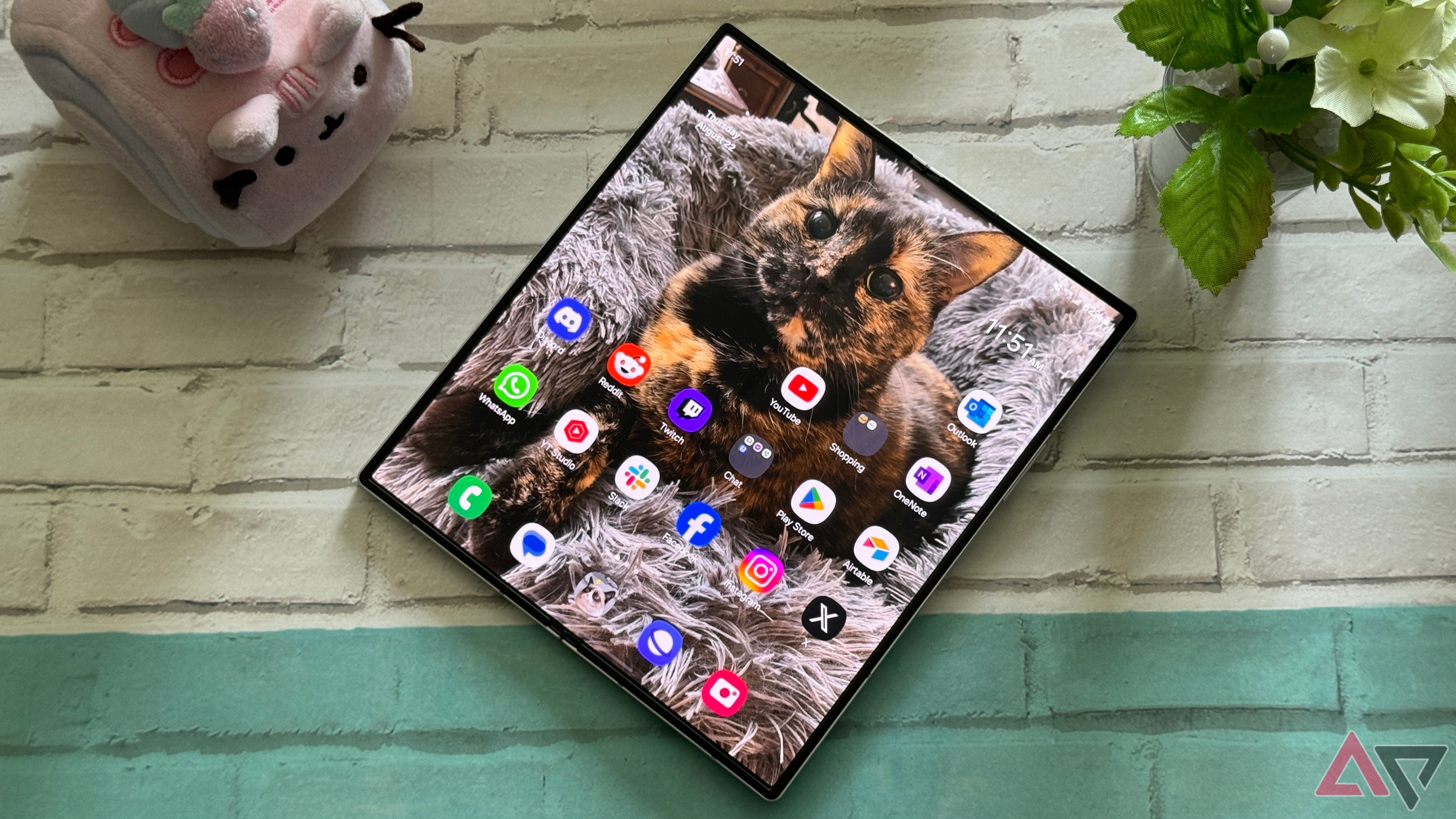The OnePlus Open was a revelation, giving us hope that more interesting folding phones were coming to the US. It features a slim, lightweight design, a more expansive outer display, and an anti-reflective inner layer. Moreover, it felt like OnePlus listened to foldable users, addressing complaints we’ve had about the Samsung Galaxy Z Fold series for years. I felt we finally had a competing vision of what folding phones should be.
Then I picked up the Samsung Galaxy Z Fold 6, and I got it. Samsung is playing for keeps. It’s not interested in being first with cutting-edge features or radical design changes. It still bears the scars of the original Galaxy Z Fold, delayed for a hinge that let in too much debris, and it won’t make that mistake again. Samsung is determined to deliver a reliable device with a consistent software experience — precisely what many want for their $2,000 investment.
If you’re interested in both of these phones, know that I used the OnePlus Open and Galaxy Z Fold 6 side-by-side for a week. Here is what I learned.
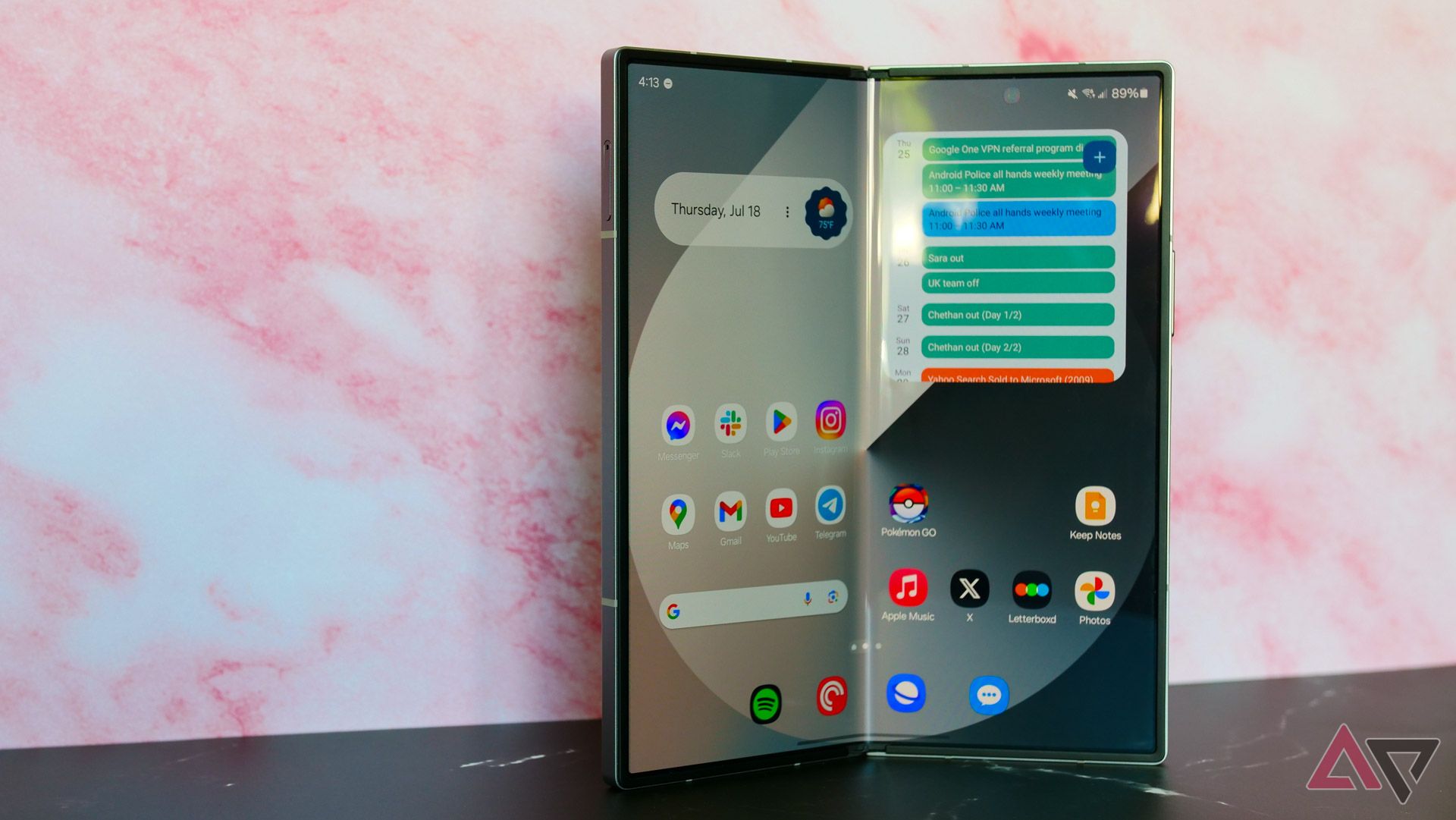
read our review
Review: The Galaxy Z Fold 6 has cost Samsung its head start in the foldable race
A real tortoise-and-hare situation
What I like about the OnePlus Open
Fantastic multitasking
The OnePlus Open was released almost seven months before the Galaxy Z Fold 6, but rest assured, it’s still more than capable in 2024, and you’ll be hard-pressed to find a significant performance gap for most tasks. I believe any comparison of the two hinges (get it?) on differences in feel and experience — where does each device excel?
The OnePlus Open is hard not to enjoy. Every design element feels deliberate and crafted by fellow folding phone fans. I’ve been living with the pain of Samsung’s glacial design pace since the Z Fold 2, my fingers crying out for a few more millimeters as I attempted to pound out WhatsApp messages on its narrow outer display.
Thankfully, that’s not an issue on the OnePlus Open, as its 6.31-inch external panel is a wonderful size for typing. I can go an entire day without unfolding my OnePlus Open and not feel cheated by the experience.
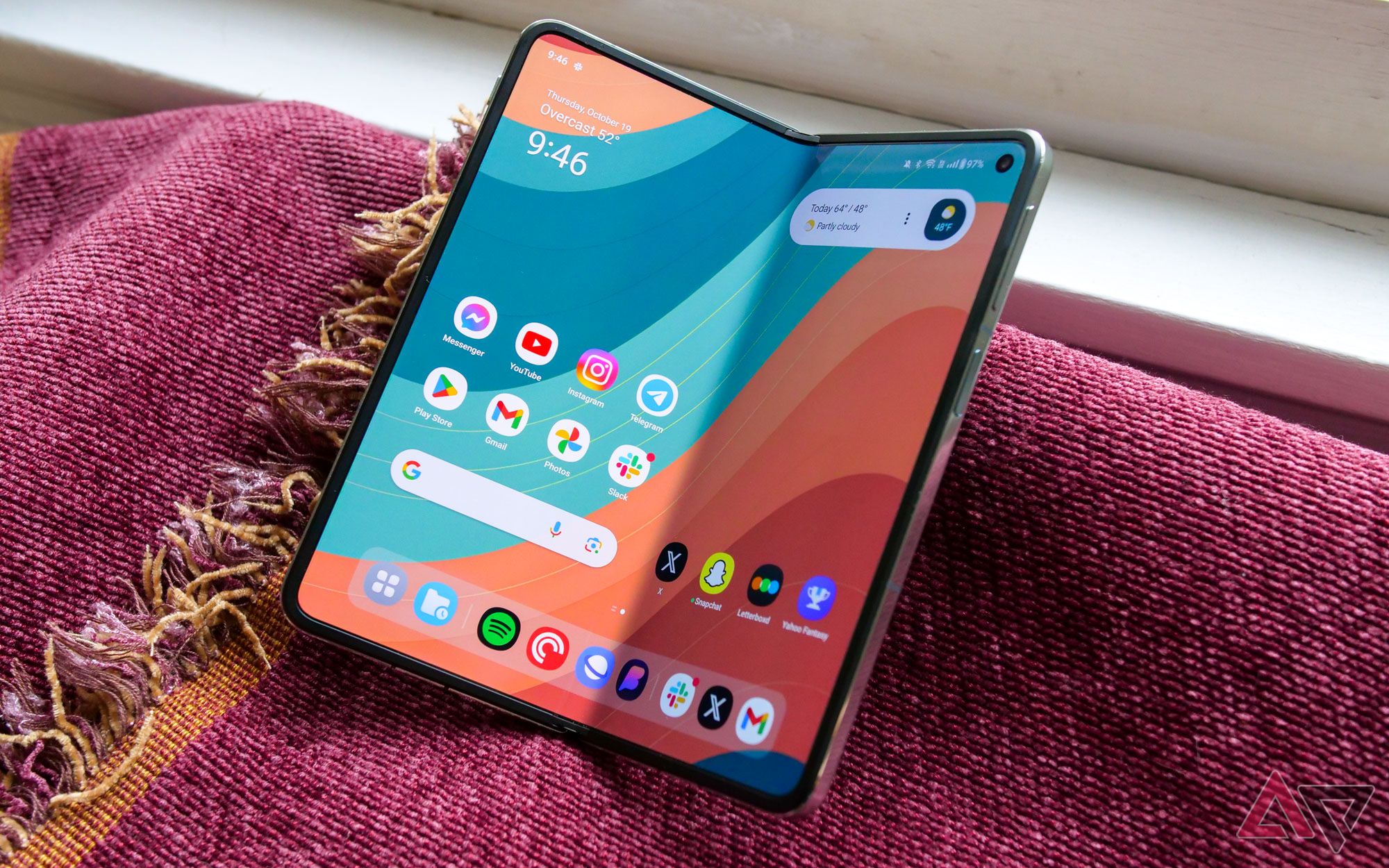
Read our review
The OnePlus Open is what every foldable should be
OnePlus supplies the competition Samsung needs
I’ve had the Open since launch, and I’m still stunned each time I reveal the internal display. It’s a bright, vibrant, gorgeous panel that looks amazing regardless of what you’re doing. Games pop off the display, and videos are detailed with excellent contrast. It’s also more landscape-dominant than the Z Fold 6, making it ideal for apps like Discord and Chrome.
The larger displays aren’t without trade-offs, as the Open is less one-hand friendly than the Z Fold 6, but I think it’s worth it.
I still have reservations about OxygenOS, but Open Canvas should be the template for multitasking on folding phones. Gliding between three apps is refreshing, with each given the proper space.
Meanwhile, Samsung’s multitasking seems stuck in 2017. I’ve made my peace that the Z Fold series will never be the most exciting, but an overhaul to multitasking is overdue. It’s a major advantage for OnePlus and a key reason I enjoy using the Open over other foldables. Unfortunately, this leads us to an uncomfortable discussion about one of the weaknesses of Open: the software.
What I like about the Samsung Galaxy Z Fold 6
Safe and reliable
I’ve preferred One UI over other Android skins for several years. I enjoy the reliability and quality of the software updates, never worrying whether my Bluetooth or Wi-Fi will stop working with the next patch. It’s well-designed, stable, and runs wonderfully on the Galaxy Z Fold 6.
It’s also baffling how Samsung realized we want different layouts for our outer and inner displays while other foldable OEMs force us to maintain the same layout. I’m tired of moving apps around on my Open’s external display, knowing I have to be mindful of how they’re positioned when unfolded.
They are entirely different experiences, and I’m glad Samsung treats them as such. The outer display is allowed to be more like a traditional smartphone, while I can rearrange the inner home screen in a tablet layout.
I also love how Samsung committed to seven years of software support on the Z Fold 6, and I don’t understand why people dismiss extended support. Even if you don’t keep your device for that long, a still-supported phone will fetch more at resale time than one without.
And, at the very least, Samsung will have to make an effort to optimize future releases for older hardware, something that won’t happen for as long with the Open. I’ll never forgive OnePlus for ruining my OnePlus 9 experience with OxygenOS 12, and that’s part of the reason I’m hesitant when recommending the Open — I never know what’s around the corner with OnePlus updates.
Galaxy AI is slowly becoming a selling point, too. It’s still in its opening chapter, but it’s clear Google is committed to working with Samsung to bring the latest and greatest Gemini advancements to Galaxy hardware. I’m not an early convert by any means, but I’m starting to see more practical applications for AI creep into the user experience — and I’m here for it.
I’m also tired of apologizing for preferring the Z Fold 6’s cameras. I like the point-and-shoot results better, and I think they’re more consistent. I have the same problem with the Open’s cameras as with the OnePlus 12; the images can get dark and soft, whereas the Samsung images are consistently better saturated and brighter. It does come down to preference, but I enjoy Samsung’s color science to OnePlus’, even with Hasselblad’s help.
Samsung Galaxy Z Fold 6 camera samples
I don’t want anyone to get confused. The OnePlus Open is wonderfully made, and its hinge has a solid, positive feel each time you unfold it. However, the Z Fold 6 hinge is a bit firmer and can hold its position in various orientations. It also features wireless charging, but that’s easily countered by the much faster, wired charging speeds on the Open.
OnePlus Open camera samples
It’s not as straightforward a choice as you think
Both? Both are good
I’m comfortable admitting I’m conflicted. I keep asking myself if it’s possible for a device to offer a better experience while not necessarily being the better overall phone or choice for most people. I think it’s more a case of different horses for different courses. The Z Fold 6 is the phone you buy your parents; it’s reliable, has excellent software support, and has a more familiar feel for people switching from a traditional smartphone.
Meanwhile, the Open is the phone you buy if you’re an enthusiast and want to feel like you’re using a folding phone designed this decade. I have misgivings about the software, but Samsung wasn’t always perfect, either — suffering through the dark ages of TouchWiz and the growing pains of OneUI. OnePlus can still give me the same confidence I have in Samsung, but it takes time.
However, you shouldn’t let that deter you from buying an OnePlus Open — the multitasking alone is worth the price of admission. If you’re on the cutting edge, get the OnePlus Open. If you put your hazard lights on driving in the rain, buy the Samsung Galazy Z Fold 6.
-
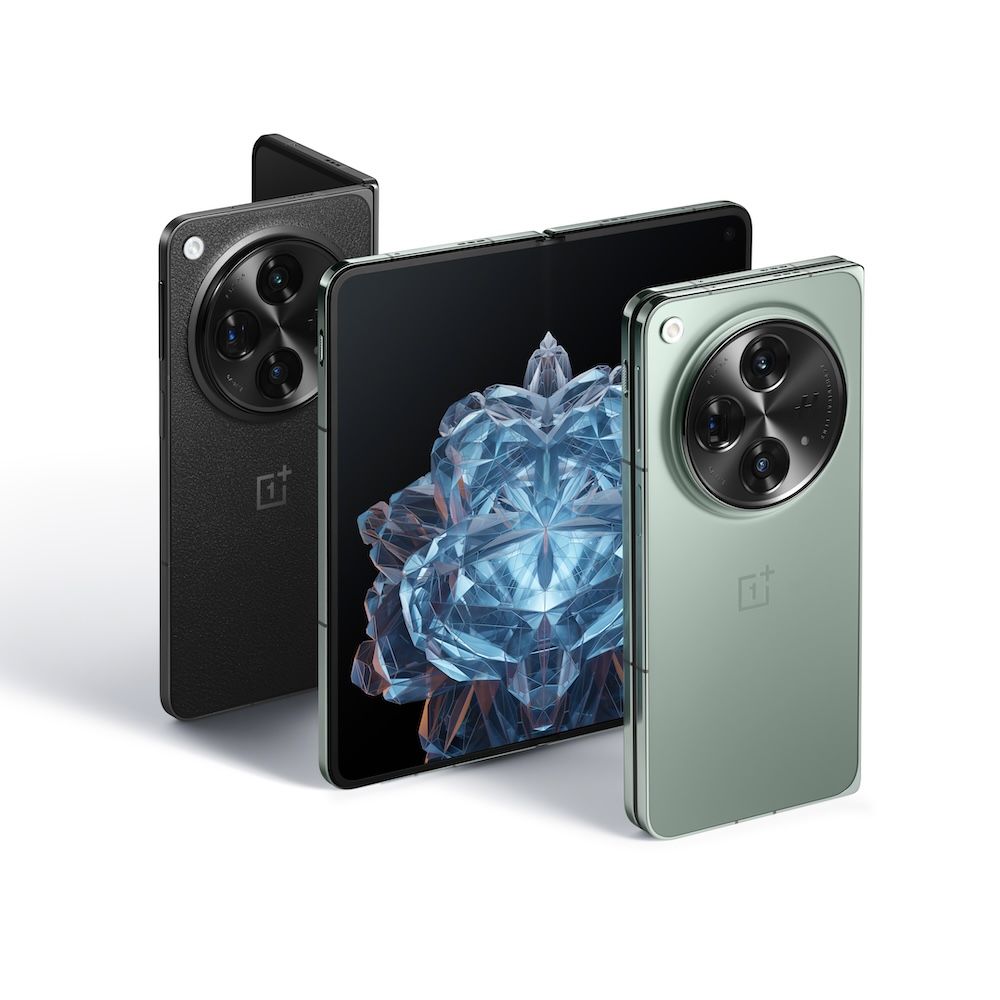
OnePlus Open
The OnePlus Open is still snappy in 2024 and is an excellent choice for those searching for a more cutting-edge foldable. Its inner display is excellent, and I love the extra space OnePlus gives us on the outer display. It’s SD8G2 and 16GB of RAM and more than enough for daily tasks and more intense applications.
-
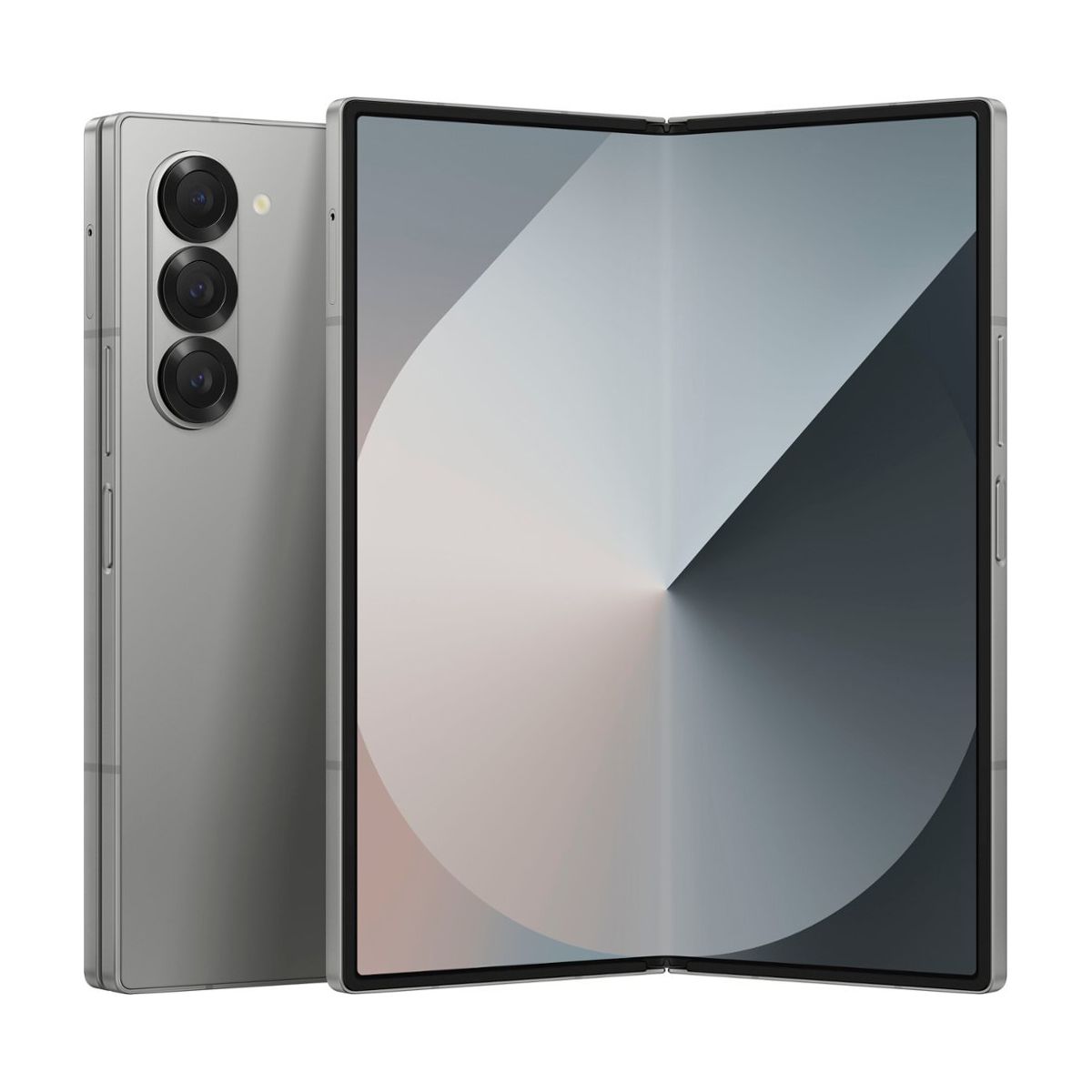
Samsung Galaxy Z Fold 6
Samsung’s latest foldable takes some cues from the Galaxy S24 Ultra, with a boxier design and an all-matte finish. It features a slightly wider cover display for a more comfortable typing experience, as well as new Galaxy AI features and an upgraded ultra-wide camera.
Source link

